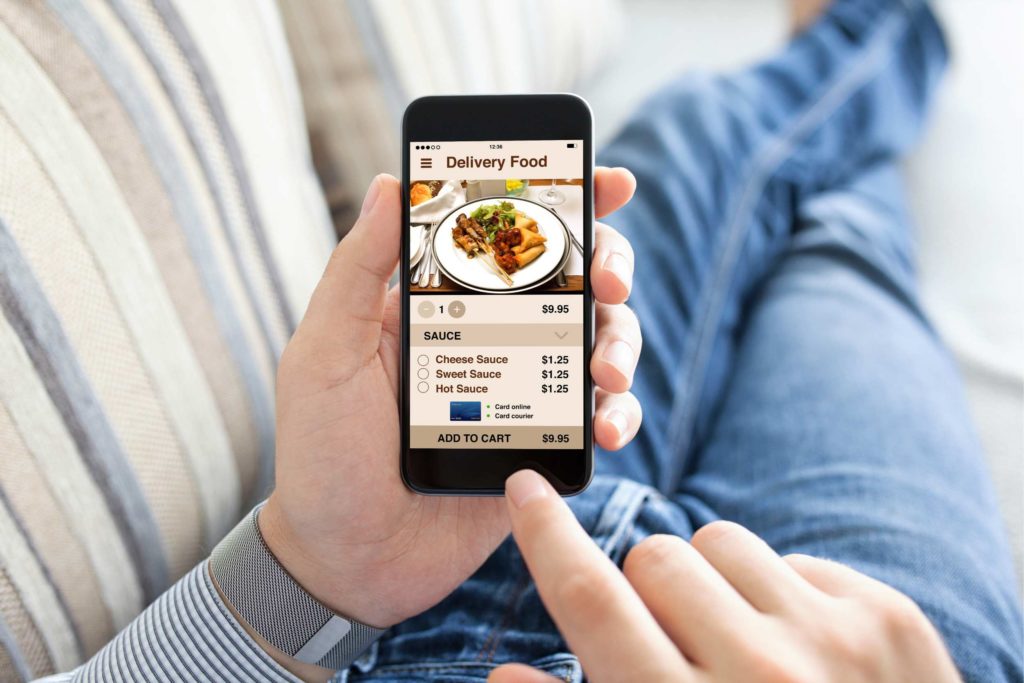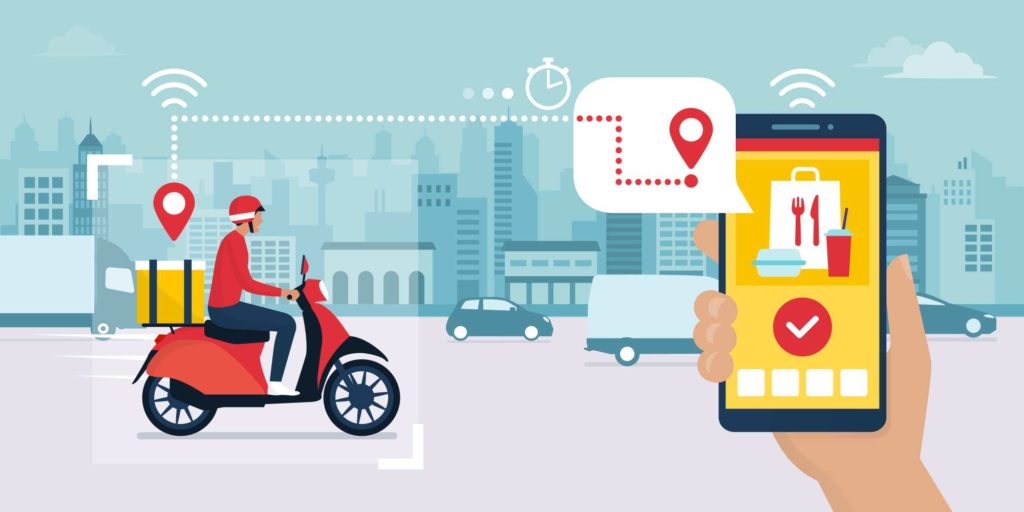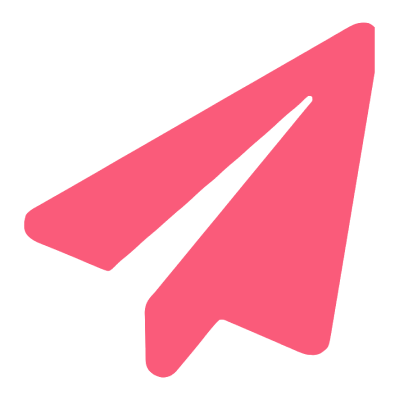
On demand delivery applications have grown in popularity dramatically in recent years. Apps like Uber and Instacart, among others, have become the market’s next great revelations. And the current pandemic situation gives online purchasing even greater potential, pushing the importance of such apps to new heights.
Furthermore, due to rising demand and competition in the mobile app sector, these apps will be around for a lot longer.

Whether it’s for courier delivery, food delivery, product delivery, or something else, every business is experimenting with on-demand apps in order to expand its market reach and reputation.
On-demand delivery app development takes time and money. Customers will need an app, delivery agents will need another, and admins will need another app. Each solution has its own set of obstacles when it comes to development.
Let’s look at how to create a delivery service app.
What is a delivery app?

Delivery apps play a critical part in the fulfillment of demand by serving as an interface between two people or businesses. Most of the time, there are two sides to the apps.
On one hand, there is a user base that continues to demand services, and on the other hand, there is a company or another user base of service providers that accept the request and fulfill it.
Here are the types of delivery apps:
- Individual to Individual
In these types of on-demand apps, a person requests a service or product from another person who is utilizing the same platform provided by the company in the form of an app. P2P on-demand apps include Uber, Airbnb, Postmate, and EpicDelivery.
- Business to Individual
To supply their products or provide their services, businesses frequently develop their own on-demand apps. To request services or place orders, the user must first download the app. For instance, Domino’s Pizza and Mcdonald’s have their own delivery app.
- Business-to-Business
To run its business successfully, an enterprise relies on a number of smaller businesses and SMBs. They could be vendors, service providers, or a maintenance firm, and others. Business-to-business apps keep businesses functioning smoothly.
Important things to know before creating a delivery app

Thoroughly research
When you don’t plan, you plan to fail, and just when you think you’ve done your homework, new knowledge appears on the internet. The quality of your study will determine the course of your delivery business.
Gather as much information as you can, from competitors to end-users, to assist you to make an informed selection. You will gain insights into your target audience by investing time and money in research.
Ignoring market research will save you time and money in the short term, but it will cost you more in the long run if you want to make things right.
To put it another way, research does not ensure success, but it does boost your chances.
Get the app right
Divide the features of your app into two categories: essential and influential. Whatever mobile app development business with demonstrated competence in the sector has the needed attributes.
Then there are the Influential features, which set your app apart from the competition. This emphasizes the importance of research. Look at what your audience wants, what your competitors aren’t offering, and how you may capitalize on the requirement to have a strong digital presence.
Continue to iterate and improve

There will always be opportunities for improvement and iterations, no matter how excellent your app is. At the same time, monthly upgrades maintain your food delivery business app free of bugs and compatibility concerns with newer operating systems. Reviews and ratings are crucial in determining any and all areas for development.
Payments options
Giving your consumers the choice of paying how they choose, whether it’s through online payments or traditional cash on delivery, is essential to a positive user experience. Customers are increasingly switching from credit/debit cards and net banking to Apple Pay and Google Pay, which are more sophisticated.
Integrating as many payment choices as possible into your system will also help them navigate through the checkout funnel more quickly.
How to Start Creating a Delivery App?

Check the target audience’s requirements:
If you’re planning to create a delivery app, make sure that it addresses the users’ actual concerns. Examine your target audience’s wants and incorporate them into your app’s design.
You can use online surveys, post your concept as a question on social media, and use forums to get feedback. In short, customers must affirm that they are willing to spend money on your delivery app. This will only happen if your app’s real-time solutions meet their needs.
Examine your competitors’ apps:
Keep a watchful eye on your rivals. App stores are a great source of fresh ideas, competition blunders, user feedback, ratings, and technology advancement consistency.
If you’re just going to make an app for one platform, such as iOS or Android, it doesn’t mean you’ll disregard the other. Spend some time on the other one as well; you never know which idea will strike when app-surfing.
Make a map of the customer’s journey:
What is the process for a customer to place an order? Is there a significant number of steps?
Before you begin developing an on-demand delivery app, you must first address these questions.
The user’s path through the app is represented by the Customer Journey Map.
Every action is recorded on the map, such as adding a delivery address or a dish to a basket. You can grasp the app’s logic if you have such a map.
Minimum Viable Product (MVP) development:
A Minimum Viable Product (MVP) is an app that is developed and released with a limited set of features. Keep track of how your audience reacts to it and gather feedback from early adopters. Attempt to sell your software by creating a simple version on a shoestring budget.
How can Tookan Help?

With a broad range of tools, features, and extensions, Tookan is an end-to-end delivery management software that allows you to optimize your operations and boost your workforce productivity.
Tookan, which is best described as a one-stop shop for all of your delivery management needs, provides innovative and cost-effective strategies to streamline local deliveries. The configurable interface is one of the most appealing features of Tookan’s delivery management software.
Here are some features of Tookan that can help you create the best delivery app:
- Mobile apps and websites that are fully customizable and responsive, allowing customers to order when out and about.
- Beautiful marketplace templates that you can customise to fit your needs. You have complete control over the appearance and feel of your online store.
- Organize your catalogue into categories such as type, season, veg/non-veg, sale, and more.
- Inventory management that ensures you never run out of on-demand products at any given time.
- Analytics that provide precise data and conclusions to aid in the direction of your organisation.
- Set up fixed-price, tiered-price, weight-based, and location-based shipping prices.
- Create personalized bots for your marketplace to engage customers and maintain consistency—it only takes a few clicks to get started.
- Set discounts on individual products or the full product catalogue to attract consumer orders, and reward loyal customers with loyalty points.
- To find business insights, use a simple drag-and-drop interface to create attractive and intelligent reports and dashboards.
- Over 100 external payment gateways are available to provide customers with a safe and secure payment process.
Conclusion
Create a delivery app packed with all the right features for seamless operations and sustained business growth. Tookan offers top-notch delivery app-building tools to aid you in the journey. Learn more about our services by speaking to our experts right away.
Click here to learn how to create an ordering app.
Subscribe to stay ahead with the latest updates and entrepreneurial insights!

Subscribe to our newsletter
Get access to the latest industry & product insights.




























